By Danielle, Contributing writer
Food dyes are made from petroleum products (yuck!). Over 15 million pounds of food dye are usually annually in the U.S., even though their safety is questioned. Food dyes have been shown to cause cancer, hyperactivity, asthma, and obesity, among others. Perhaps the even bigger culprit is their ability to pull your children’s attention to sugar-laden snacks, rather than nutritious foods.
Here’s an amazing chart showing the issues from each food dye.
Why You Should Ban Food Dyes From Your Home
If they were really this dangerous, the FDA would outlaw them, right? Wrong. They’ve been made aware of the hazards, and have chosen to do nothing, even after FDA Commissioner, Mark Novitch, stated that Red 3 has been shown to induce cancer. So for dyes, like everything else, you must take your health into your own hands. The final nail in the coffin is the fact that other countries, such as the U.K require a warning label on any food containing dyes. Companies, such as Kraft, sell different products to other countries containing no food dyes, so why can’t they do so for us? Recently, because of a massive petition, Kraft starting using turmeric to dye their macaroni and cheese in the U.S., as they do in other countries.
Why? Money. Chemical food dyes simply last longer and are cheaper than natural dyes.
Unfortunately, the dyes are not the only concern. Propylene glycol (also known as the ever-nutritious antifreeze), benzene (in yellow #5), parabens, and other petroleum products also round out the wonderful ingredients in food dyes.
You can purchase all-natural food dye kits at natural grocers, which run around $20 per kit. It’s easy (and fun!) to make your own. Almost any colored liquid or ground powder can be used to color your nutritious foods.
Image by Danielle
A couple natural food dye making basics:
Natural dyes typically bring much lighter shades than unnatural dyes. Just embrace the pastels.
You will need more. You will need more of the natural dye substance than just a few drops. This is why, to not water down your recipe, a powder is your best bet over a liquid. But, if a liquid produces the exact color you want, just be sure to reimburse extra dry ingredients in your recipe.
Taste! Remember that the dyes you’re adding are actual foods, so if you add a bunch of spirulina, your frosting may taste a bit spirulina-y!
Don’t forget your color mixing basics. Why not turn a baking session into a learning event?
Now that you’re ready to give it a try, use the below natural foods to make your all natural food dyes!
Natural Food Dyes:
- Black – activated charcoal (also use to darken any color – but be careful, a little goes a long way
- Brown – cocoa, ground coffee, cinnamon
- Cream/gray – bentonite clay, a tinge of activated charcoal
- Red/pink – beet juice or powder, ground raspberry or strawberry
- Orange – paprika, carrot juice or powder
- Yellow – turmeric, saffron
- Green – chlorophyll or spirulina (crush tablets), parsley
- Blue – red cabbage juice or powder,
- Purple – purple carrot juice or powder, lavender

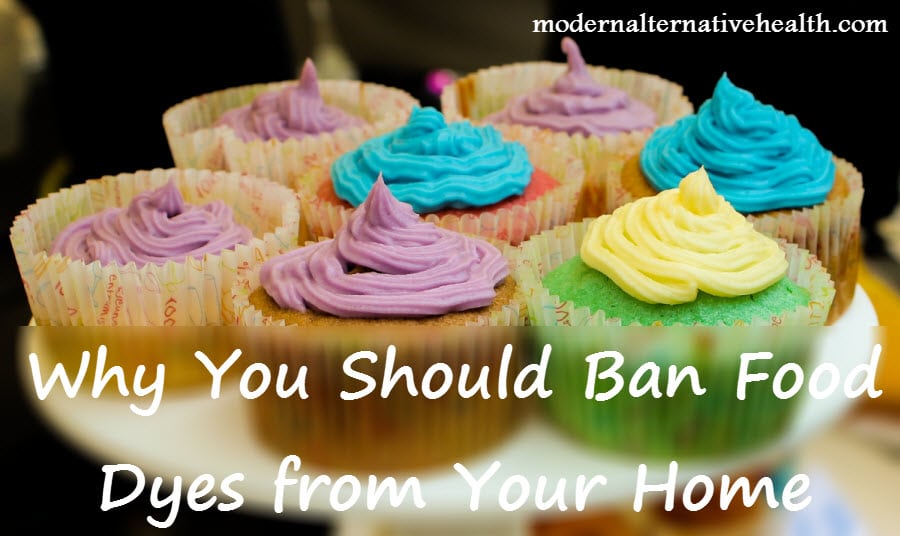
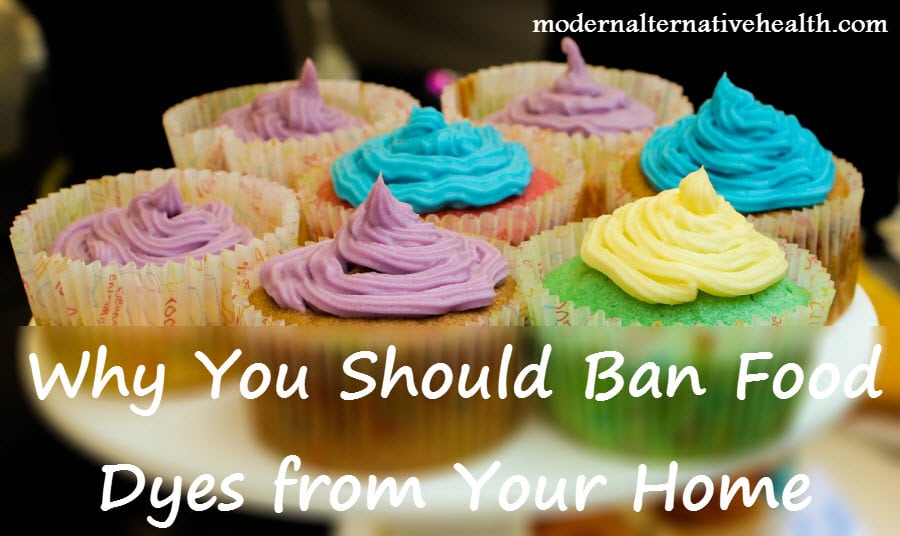
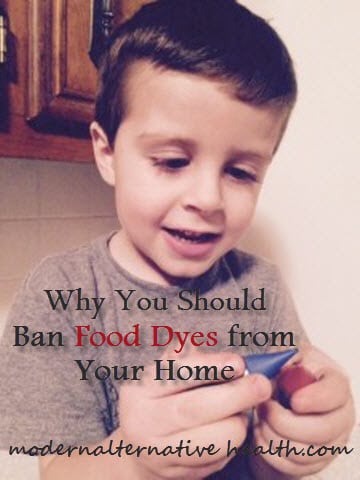

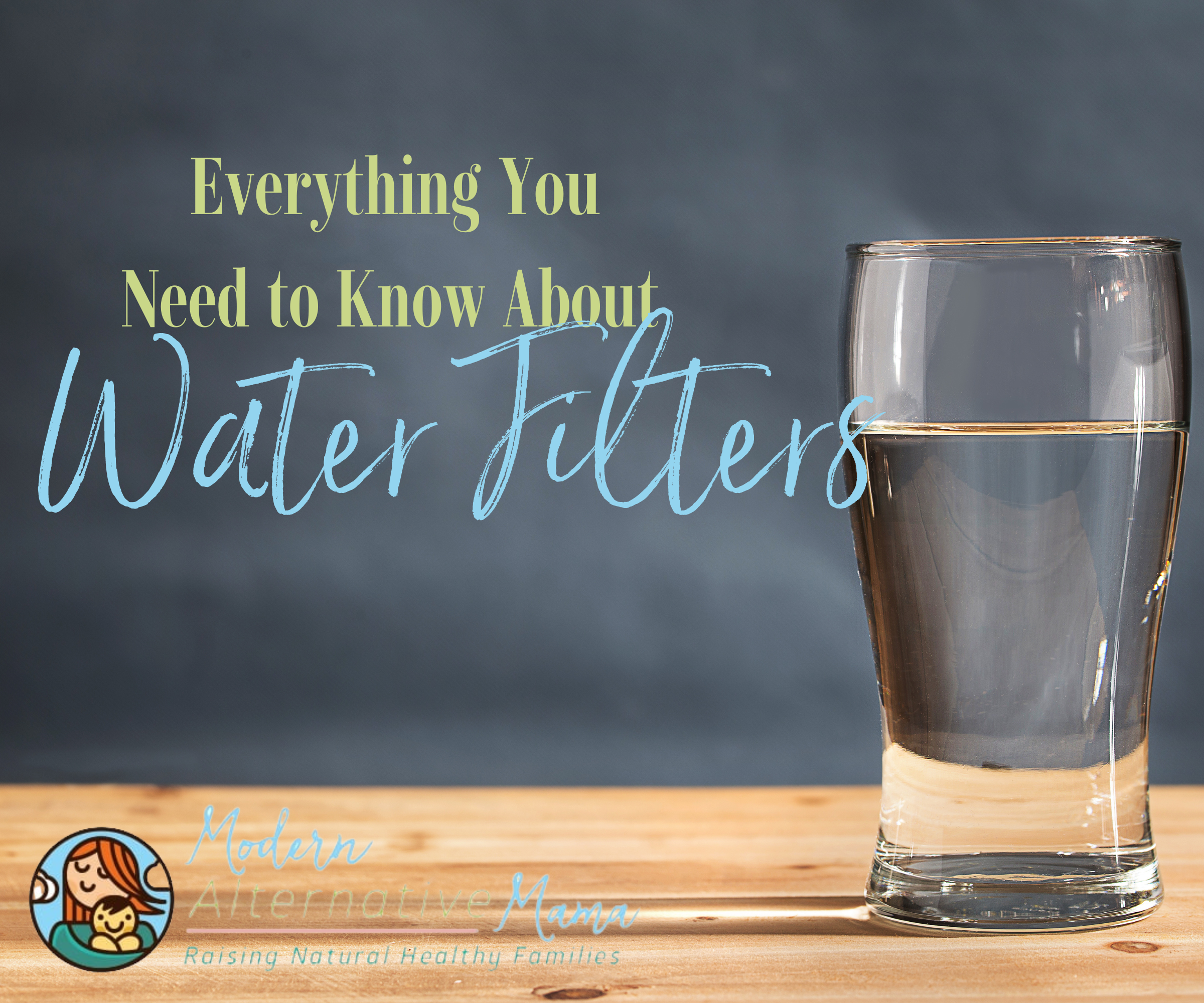
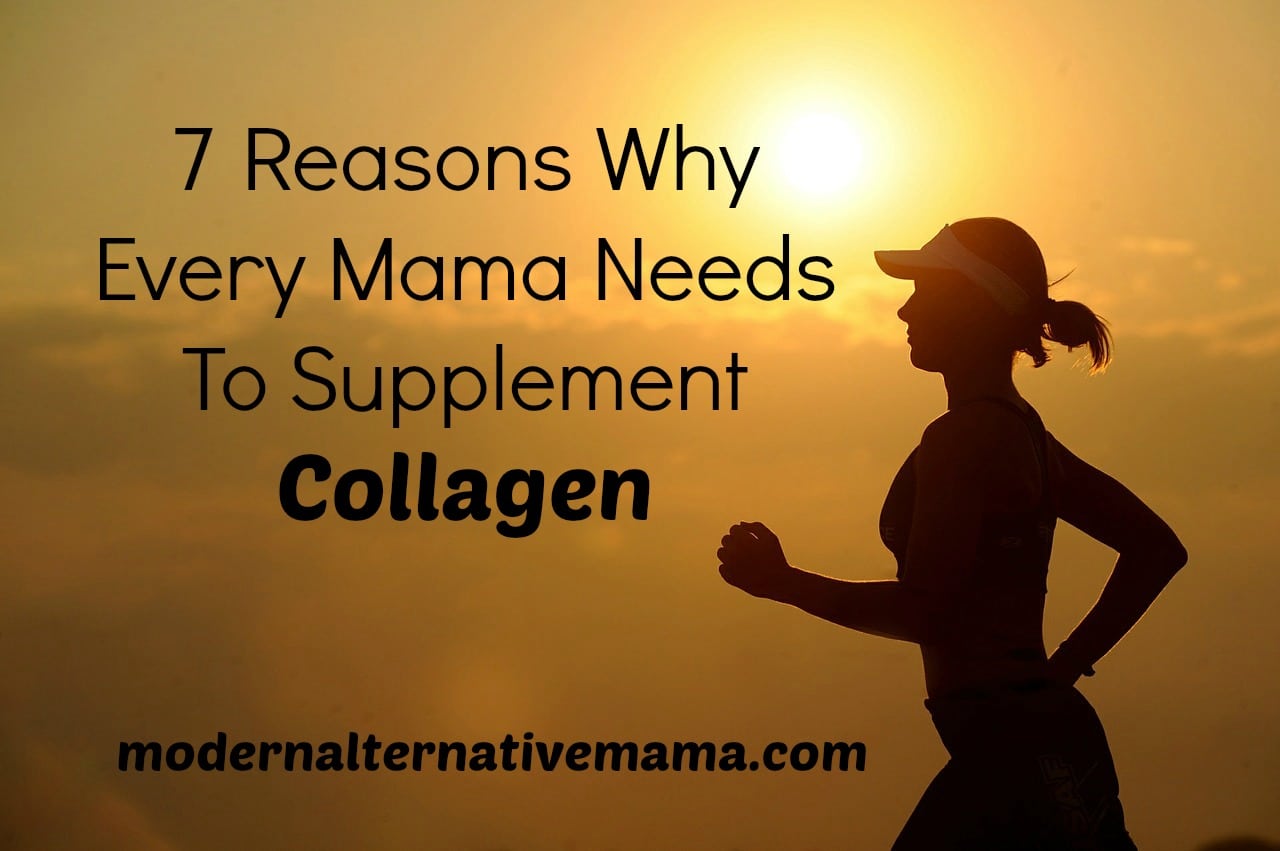
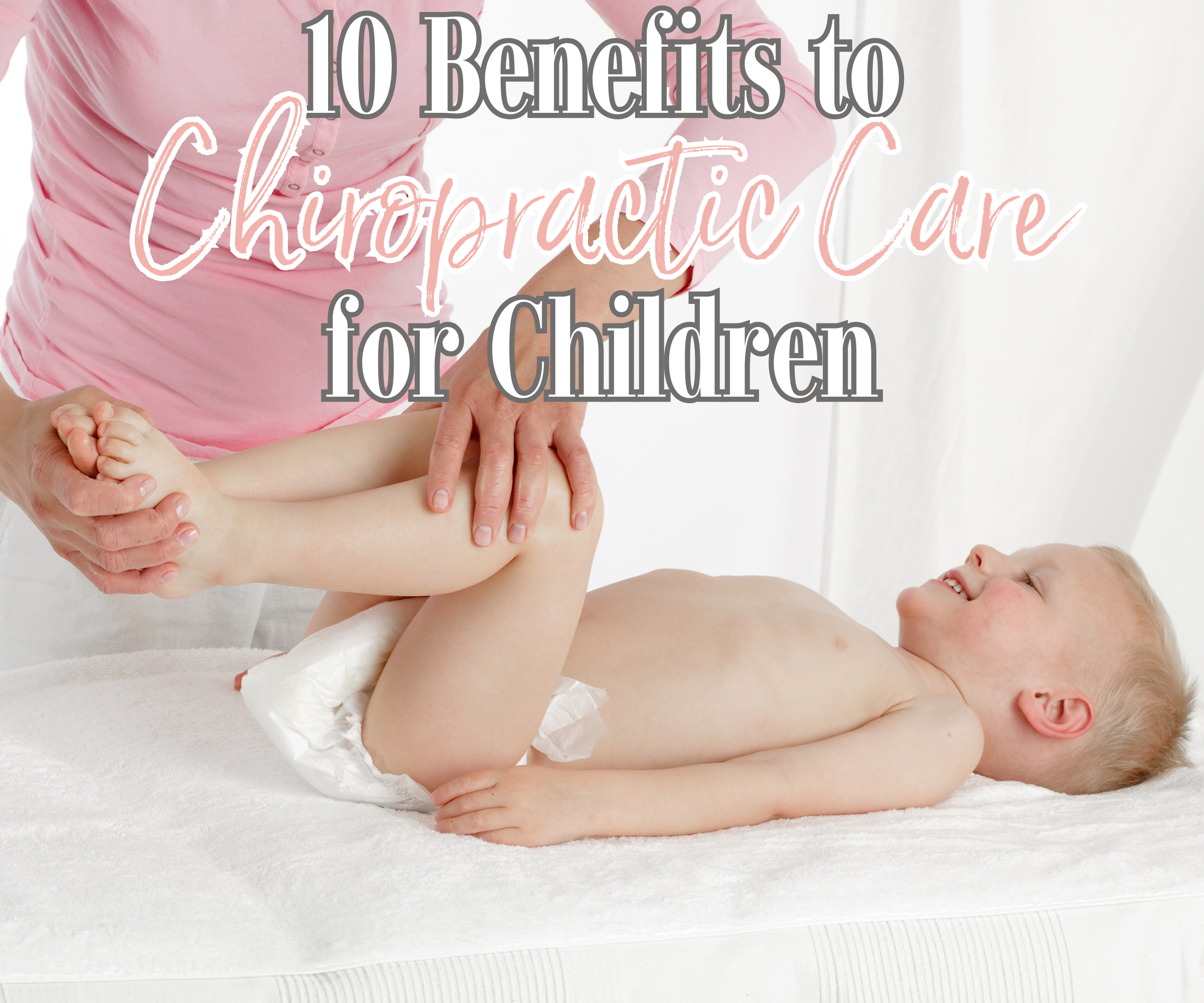

[…] lifestyle, I went through several phases, first eliminating really harmful ingredients, like food dyes and high fructose corn syrup, then switching over to organic foods. For a while, I tried veganism, […]